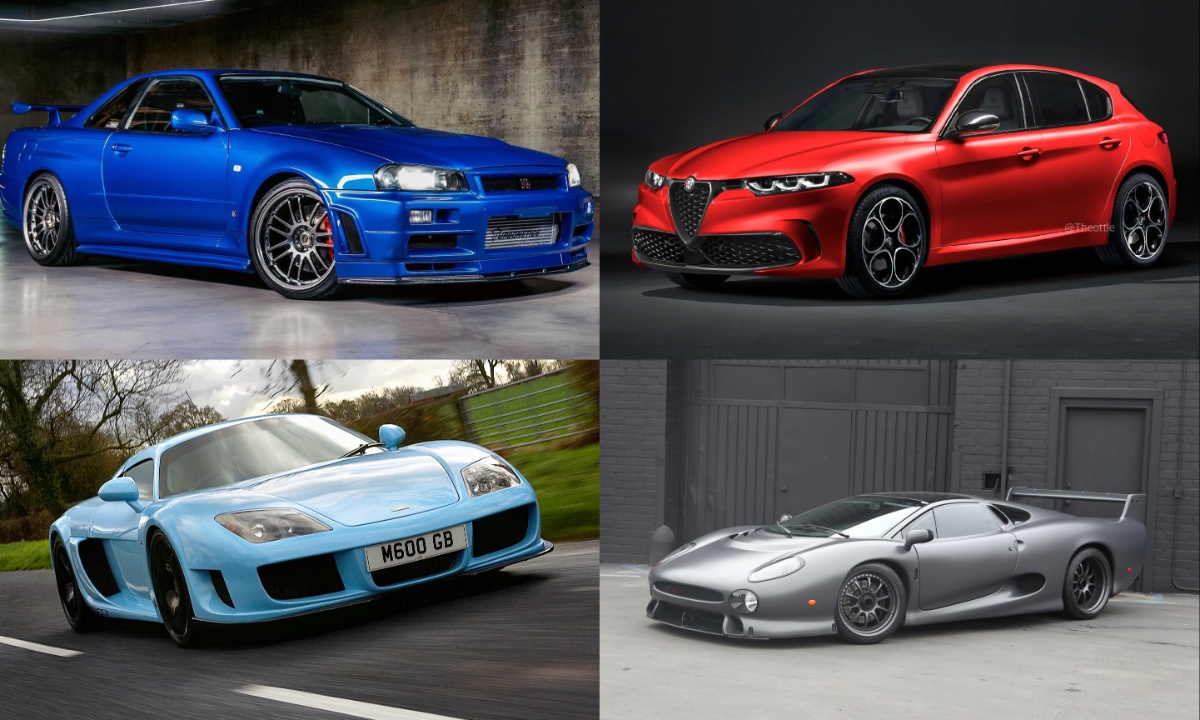The National Highway Traffic Safety Administration (NHTSA) is responsible for ensuring that vehicles on American roads meet stringent safety and environmental standards. Over the years, the agency has banned numerous vehicles, some of which were incredibly popular in other markets.
While some bans were justified due to safety concerns like the lack of airbags or stability control, others seemed to stem from bureaucratic red tape. However, there is a silver lining: vehicles older than 25 years may be legally imported if they meet certain conditions. Here, we explore some of the most desirable cars that remain banned in the U.S.
Jaguar XJ 220-S: Too Fast for Comfort
The Jaguar XJ 220-S was once the fastest production car in the world, boasting a top speed of 212 mph. Only six units of the S model were built, featuring a powerful 6.2-liter V12 engine producing 690 horsepower.
In an effort to maximize performance, Jaguar stripped it of heavy seats, air conditioning, and even pop-up headlights. However, the NHTSA deemed it too dangerous for American roads, banning it permanently. Despite its limited production, the XJ 220-S remains one of the most sought-after supercars globally, albeit unavailable in the U.S.
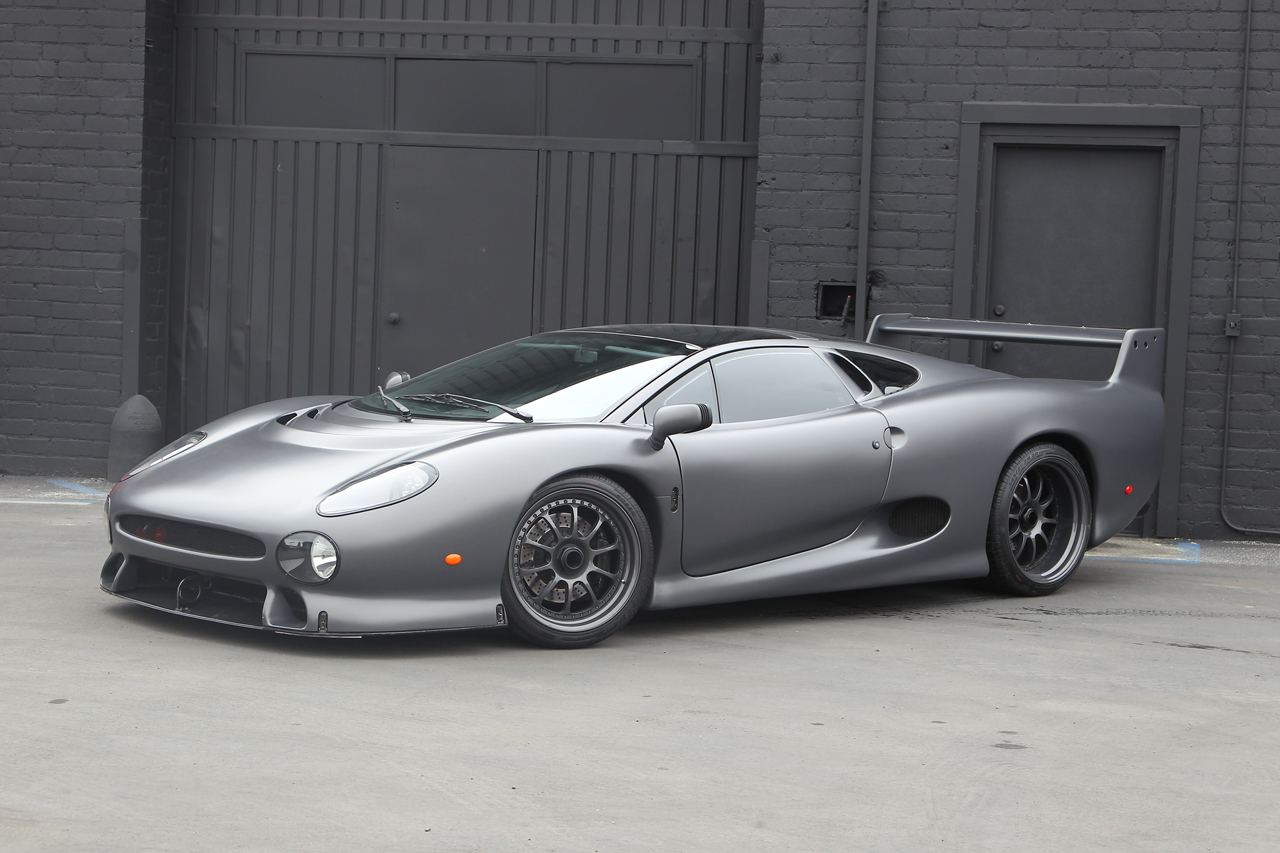
Its absence in the American market has not lessened its desirability among collectors. Car enthusiasts who have had the opportunity to drive or own one often speak highly of its sheer speed and handling.
It may be considered a relic of the past, but its impact on the supercar industry continues to be felt. The exclusivity surrounding the XJ 220-S has only increased its appeal, making it one of the most intriguing banned vehicles of all time.
Alfa Romeo Giulietta: The Mystery Ban
Unlike many banned vehicles, the Alfa Romeo Giulietta was not excessively fast or particularly dangerous. It featured a 1.8-liter engine producing 237 horsepower, along with safety features such as six airbags, stability control, and seatbelt warning buzzers. However, it lacked automatic emergency braking, which may have influenced its exclusion from the American market.
Despite the ban, Alfa Romeo never officially expressed interest in selling the Giulietta in North America. Whether due to regulatory concerns or market strategy, this stylish hatchback remains out of reach for American buyers.
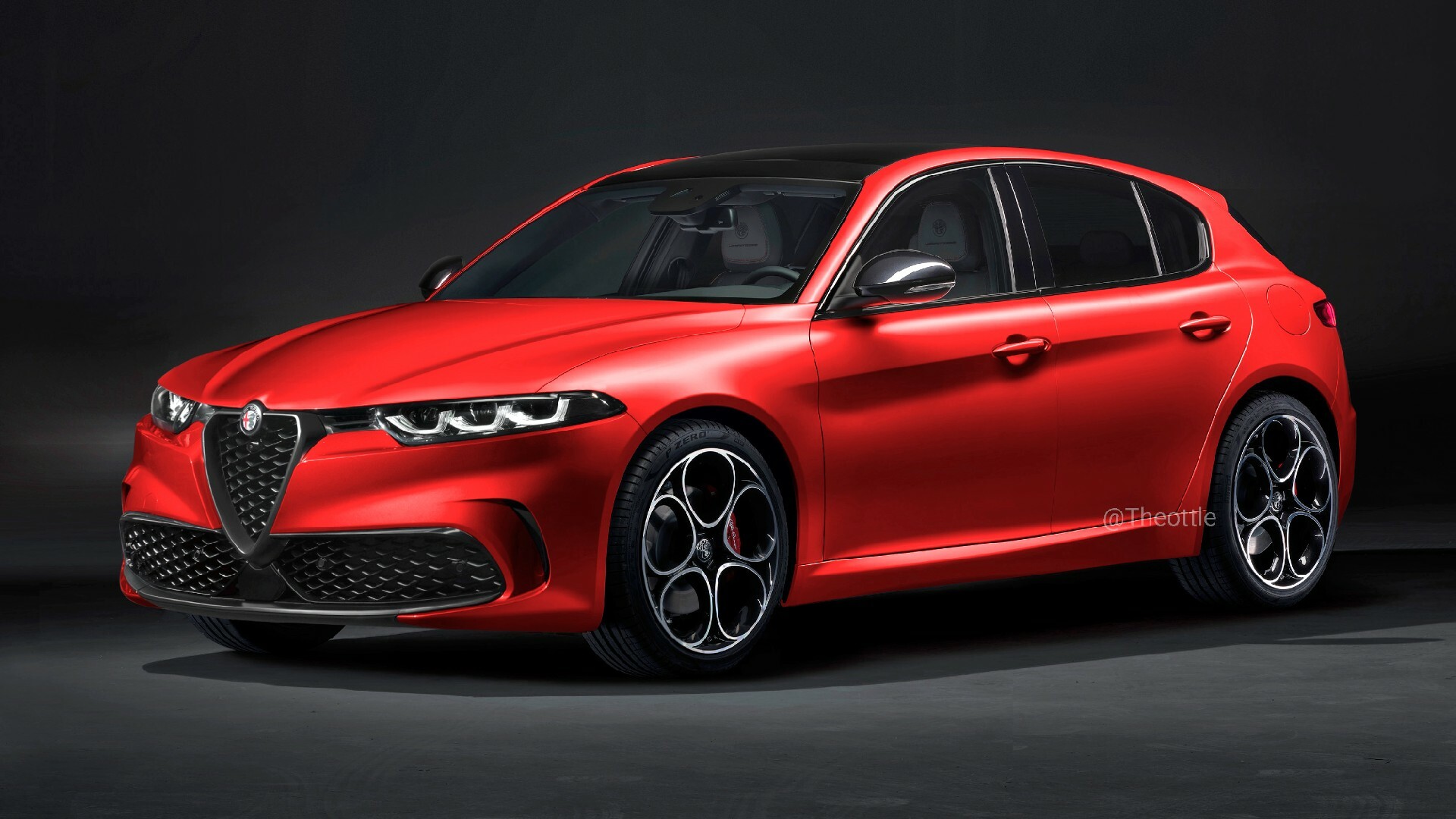
The Giulietta had all the makings of a successful American market car, given its stylish design, compact size, and impressive handling. Its absence leaves many enthusiasts wondering what could have been if Alfa Romeo had pushed for approval.
Even though Alfa Romeo has made a comeback in the U.S. with other models, the Giulietta remains an example of how regulatory barriers can prevent even well-equipped cars from making an impact.
Noble M600: The Raw Supercar Experience
The Noble M600 is a British supercar known for its raw, unfiltered driving experience. Powered by a 4.4-liter twin-turbo V8 engine producing 650 horsepower, it can accelerate from 0 to 60 mph in just 3.0 seconds.
However, its lack of modern safety features like ABS and airbags made it an immediate red flag for the NHTSA. Designed for track enthusiasts rather than everyday drivers, the M600 remains a dream car for many, though it is unlikely to ever receive approval for U.S. roads.
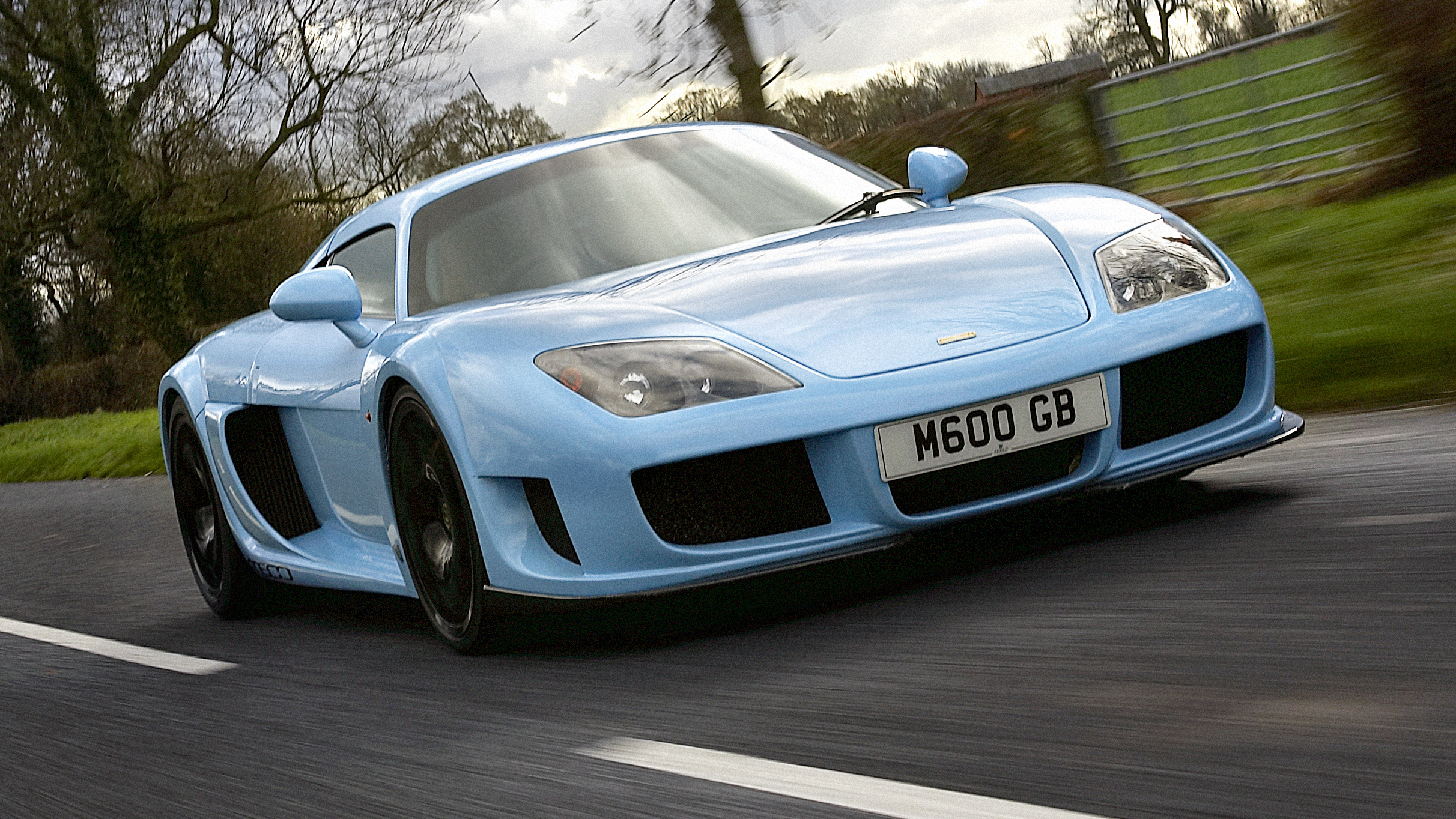
For those who prioritize pure driving thrills, the M600 represents one of the last true analog supercars. The absence of driver assists ensures an engaging and demanding driving experience, which is why it has gained a cult following among performance enthusiasts. Its lack of modern safety measures, however, has made it an impractical choice for the general market.
Also Read: 10 Best European Sports Cars That Rival High Performance Supercars
Nissan Skyline R34: The Holy Grail of JDM Cars
The Nissan Skyline R34 is one of the most beloved Japanese sports cars, yet it remains banned in the U.S. due to regulations dating back to 1988. That year, the Motor Vehicle Safety Compliance Act imposed stricter safety and environmental standards, effectively ending the importation of numerous foreign models.
Though later generations of the Skyline—branded as the Nissan GT-R—became legal, the R34 was left out. Fortunately, the 25-year rule allows enthusiasts to legally import the R34 starting in 2024, making it one of the most anticipated vehicles for collectors and JDM fans.
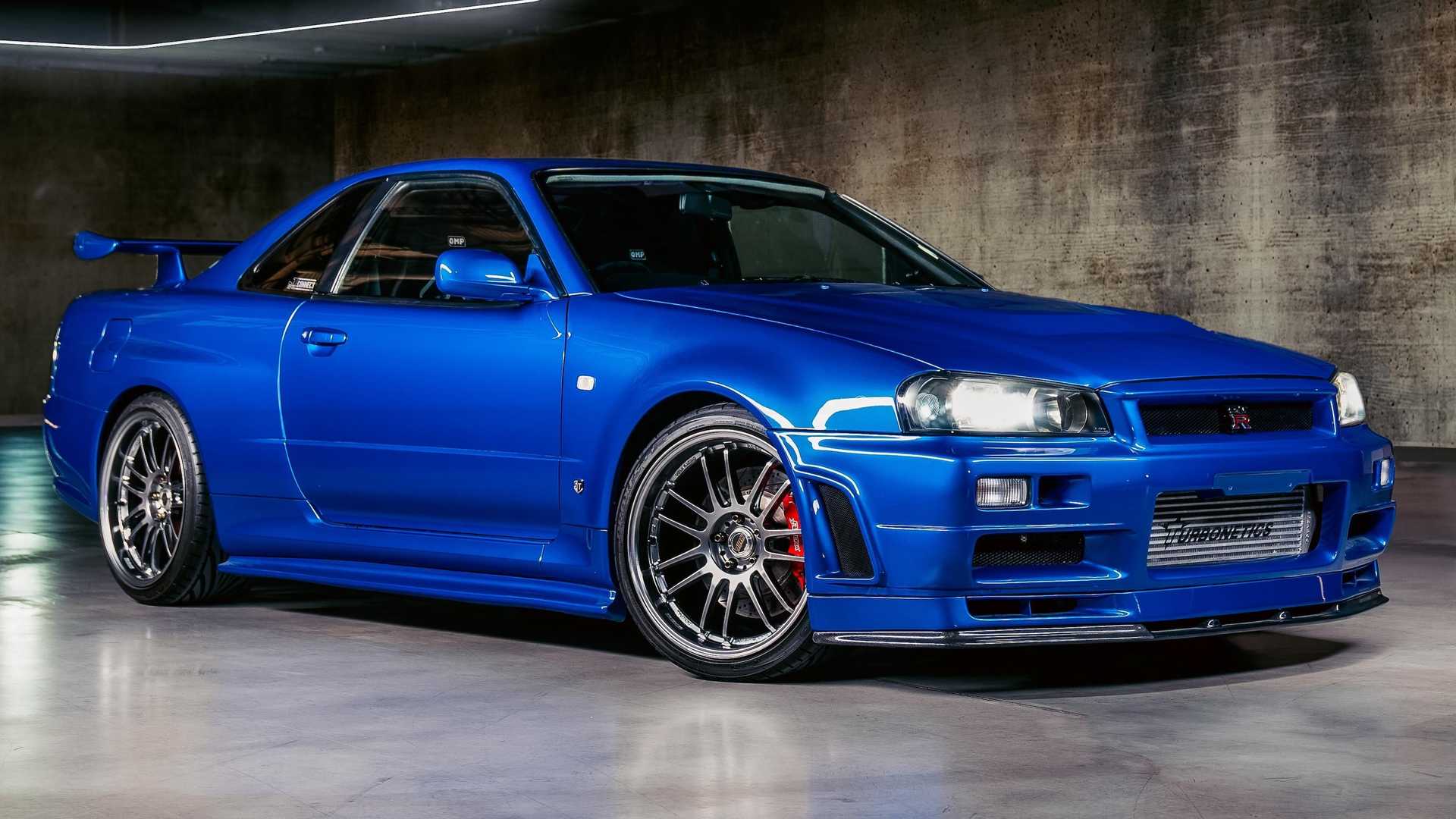
The R34’s reputation has been further solidified by its appearances in pop culture, particularly in racing video games and films. Despite its ban, demand for this model remains exceptionally high in the American market. Many enthusiasts have been eagerly awaiting the day when they can legally own this piece of automotive history.
TVR Sagaris: No Safety, No Entry
British automaker TVR is known for producing high-performance cars that prioritize speed over safety. The TVR Sagaris, with its 4.0-liter straight-six engine producing 406 horsepower, was a striking example of this philosophy.
However, its complete lack of ABS and airbags meant it never stood a chance of passing American safety regulations. While TVR had previously exported cars to the U.S., changes in legislation eventually excluded the brand entirely. As a result, the Sagaris remains a forbidden fruit for American driving enthusiasts.
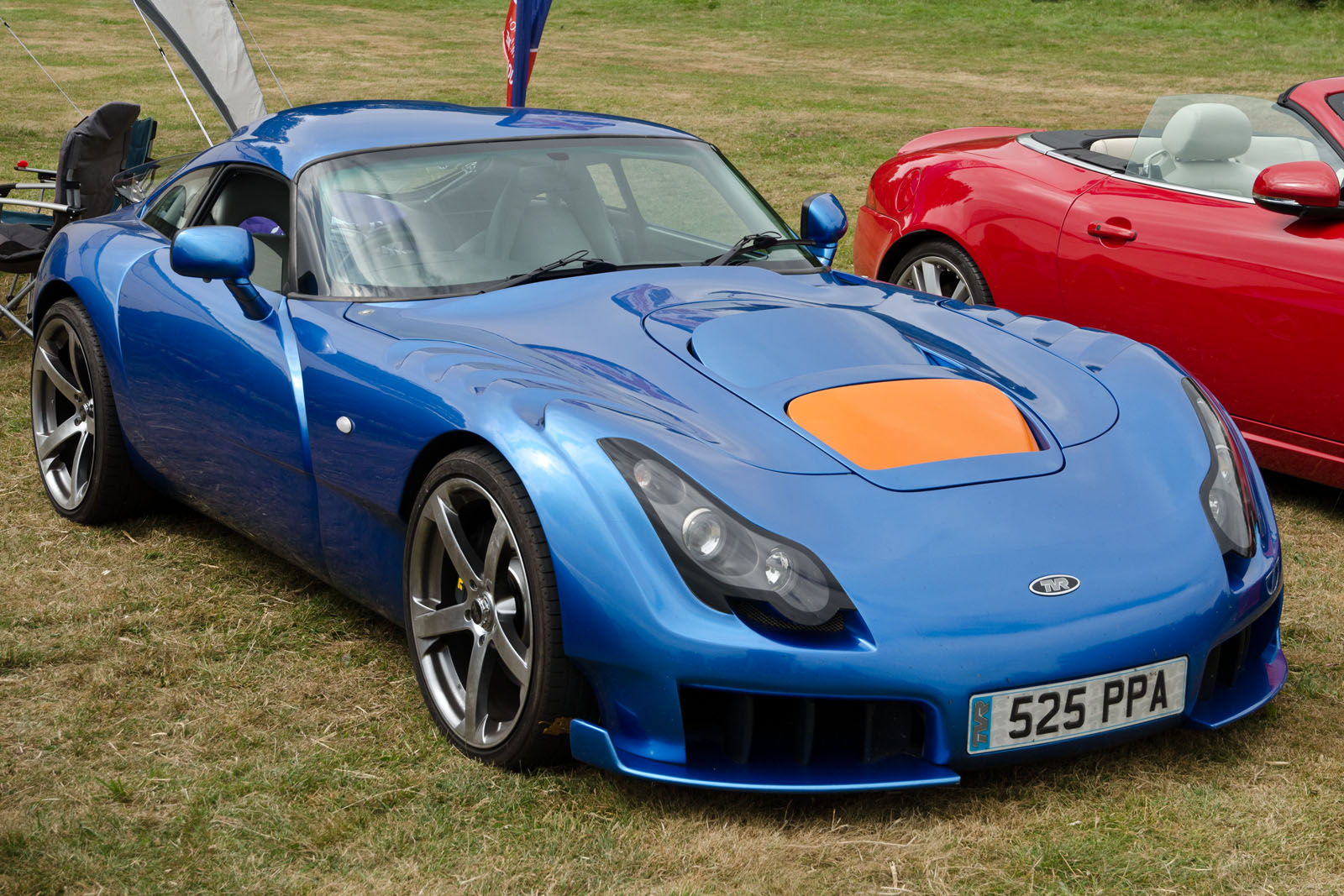
Many drivers admire TVR’s approach to car manufacturing, valuing the unfiltered experience these cars provide. However, this philosophy comes at a cost when safety standards must be met. Without key safety features, the Sagaris was bound to remain an outlaw on American roads.
Land Rover Defender: The Off-Roader That Didn’t Qualify
The Land Rover Defender is widely recognized as one of the most rugged off-road vehicles ever made. Despite its military-grade durability and global popularity, it is illegal in the U.S. due to failing crash safety and emissions standards.
However, thanks to the 25-year exemption rule, older Defenders can be imported legally. This has led to some enthusiasts modifying newer models to resemble older versions in an attempt to bypass regulations—a practice that has led to legal complications for some owners.
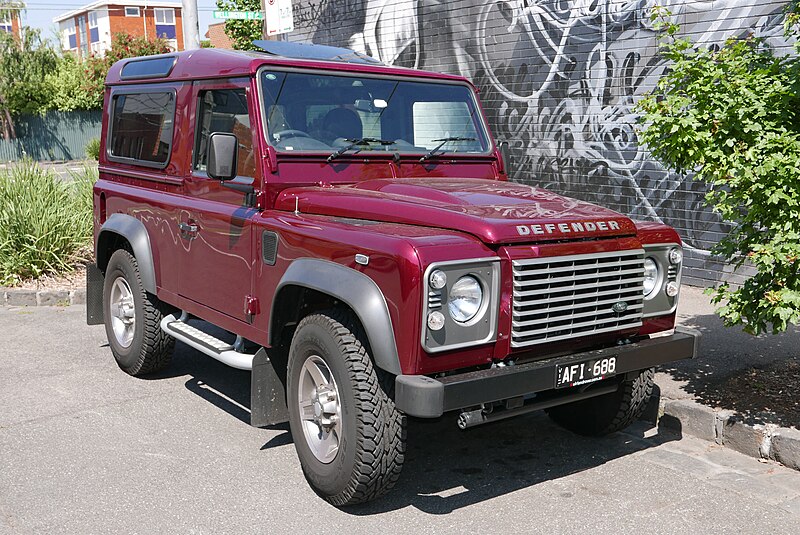
Despite the ban, Land Rover has continued to develop modern iterations of the Defender, some of which now meet American safety standards. Nonetheless, the original model remains an icon among off-road enthusiasts who value its heritage and capability.
Toyota Hilux: A Victim of Trade Tariffs
Unlike other vehicles on this list, the Toyota Hilux was not banned due to safety concerns but because of economic policy. The “Chicken Tax,” a 25% tariff imposed on imported light trucks, made the Hilux too expensive for Toyota to compete with American-made alternatives.
Instead, Toyota focused on producing trucks like the Tacoma domestically to circumvent the tax. Despite its absence from the U.S. market, the Hilux remains one of the most durable and widely used pickup trucks worldwide, particularly in remote and war-torn regions where reliability is paramount.
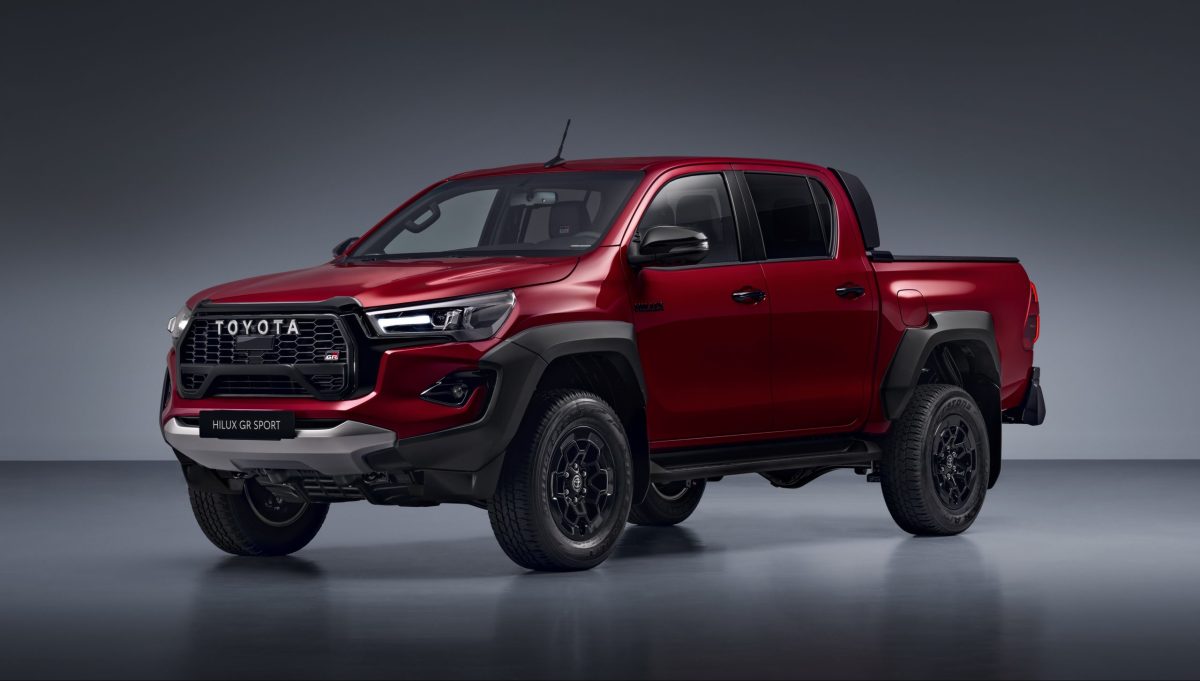
The Hilux’s legendary reliability has only added to its mystique in the American market. Although it is possible to import older models, the newer generations remain out of reach. As long as the import tariff remains in place, the Hilux will likely stay an elusive dream for American truck lovers.
While some bans are justified due to safety concerns, others appear to be more about regulation than actual risk. Car enthusiasts in the U.S. continue to seek ways to legally import these banned vehicles, whether by waiting for the 25-year exemption rule to apply or by finding loopholes in trade laws.
As automotive safety and emissions standards evolve, it remains to be seen whether some of these iconic cars will ever be officially allowed on American roads. Until then, they remain tantalizingly out of reach for many collectors and driving enthusiasts.
Also Read: Top 10 Automakers with the Most Vehicle Recalls in 2024 and the Safety Issues Behind Them

